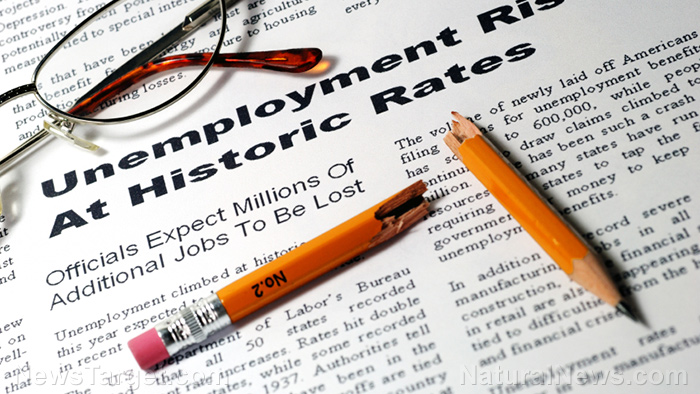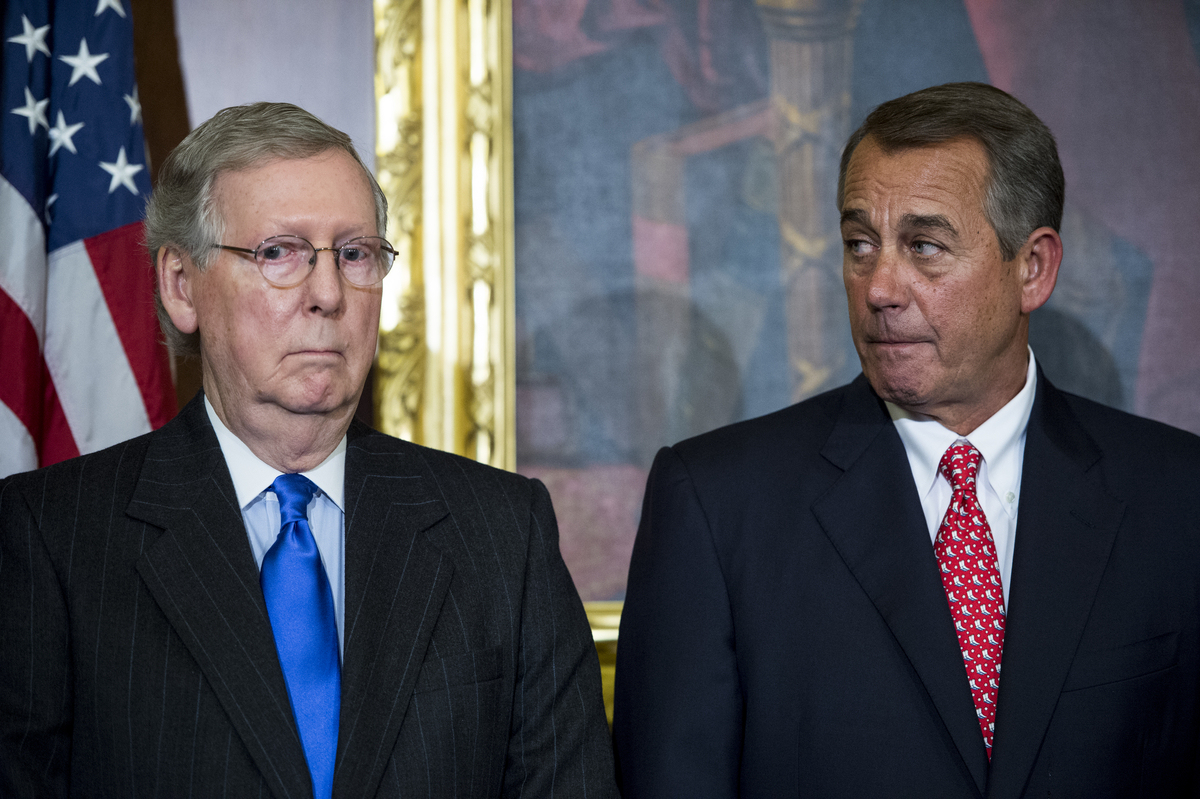Coronavirus pushes unemployment to highest levels since the Great Depression
04/24/2020 / By Franz Walker

The global coronavirus (COVID-19) pandemic has pushed one in six Americans out of a job, swelling unemployment numbers to levels not seen since the Great Depression, according to new data released Thursday. According to the Department of Labor‘s weekly report on unemployment insurance claims, 4.4 million Americans filed for unemployment benefits last week. This means that 26 million Americans have filed for unemployment claims in the past five weeks.
Unemployment rate soars past 20 percent
According to the Bureau of Labor Statistics (BLS), the U.S. already had 7.1 million unemployed workers prior to the five-week stretch of 26 million initial jobless claims. When combined, the figures add up to more than 33 million unemployed — a real unemployment rate of 20.6 percent. This would be America’s highest rate of unemployment in recent memory.
The last time America’s jobless rate reached this high was back in the Great Depression of the 1930s. Back then, the unemployment rate peaked at 24.9 percent. For comparison, during the tail end of the 2007 financial crisis, unemployment levels peaked at 10 percent.
Despite the crushing numbers, Thursday’s report does show a downward trend in new jobless claims. The previous week saw 5.2 million Americans file for unemployment benefits.
“It’s both a sign of progress and it also speaks to the depth of this problem that it’s a sign of progress,” stated Martha Gimbel, an economist at Schmidt Futures, in an interview with Business Insider. Gimbel added that it showed not only how fast but how deep and wide the pandemic has hit the American economy.
“Recession-proof” industries are feeling the sting
Even as the tide of new jobless claims looks to be ebbing, the U.S. economy continues to take a beating. In March, retail sales, consumer sentiment, U.S. existing housing start and industrial production all posted historic drops.
As job losses persist due to efforts to slow down the pandemic, industries such as retail, arts and restaurants have been hit hard. However, unemployment is creeping even to industries thought to be recession-proof — healthcare is now seeing job losses as well.
In addition to this, last week’s reports also commented that there were losses recorded in education, warehousing and waste management, in addition to losses in the professional, scientific and technical service industries.
Analysts now worry that, after the initial wave of lay-offs, job losses will move into the business-service sector, according to Ian Shepherdson, the chief economist at Pantheon Macroeconomics.
“The lack of precedent means we have no idea how far this will go, but our initial hope that claims would drop below 1 million per week by the end of May is now touch-and-go,” he said.
More data should give a clearer picture
Economists will continue to monitor jobless claims, as well as other indicators, ahead of the Labor Department‘s nonfarm payrolls report as they move forward. The report, which will be released in May, will estimate how many jobs the economy added or lost in the month and will update the unemployment rate.
However, the April report may not be the best representation of the outbreak’s economic impact, especially if the BLS continues to see decreased participation, as it did in March. To add to this, some of the data depends on how the survey is filled out — the BLS noted that March’s 4.4 percent unemployment rate would have been higher by 1 percentage point if people who were absent from work were classified as unemployed or on furlough.
“I’m just keeping my fingers crossed that these numbers start coming down and then they start coming down fast,” Gimbel said.
Sources include:
Tagged Under: Collapse, coronavirus, covid-19, economic collapse, economy, financial crisis, Flu, government, infections, market crash, outbreak, pandemic, risk, stocks, superbugs, unemployment, US economy, USA, virus
RECENT NEWS & ARTICLES
COPYRIGHT © 2017 COLLAPSE.NEWS
All content posted on this site is protected under Free Speech. Collapse.news is not responsible for content written by contributing authors. The information on this site is provided for educational and entertainment purposes only. It is not intended as a substitute for professional advice of any kind. Collapse.news assumes no responsibility for the use or misuse of this material. All trademarks, registered trademarks and service marks mentioned on this site are the property of their respective owners.



















